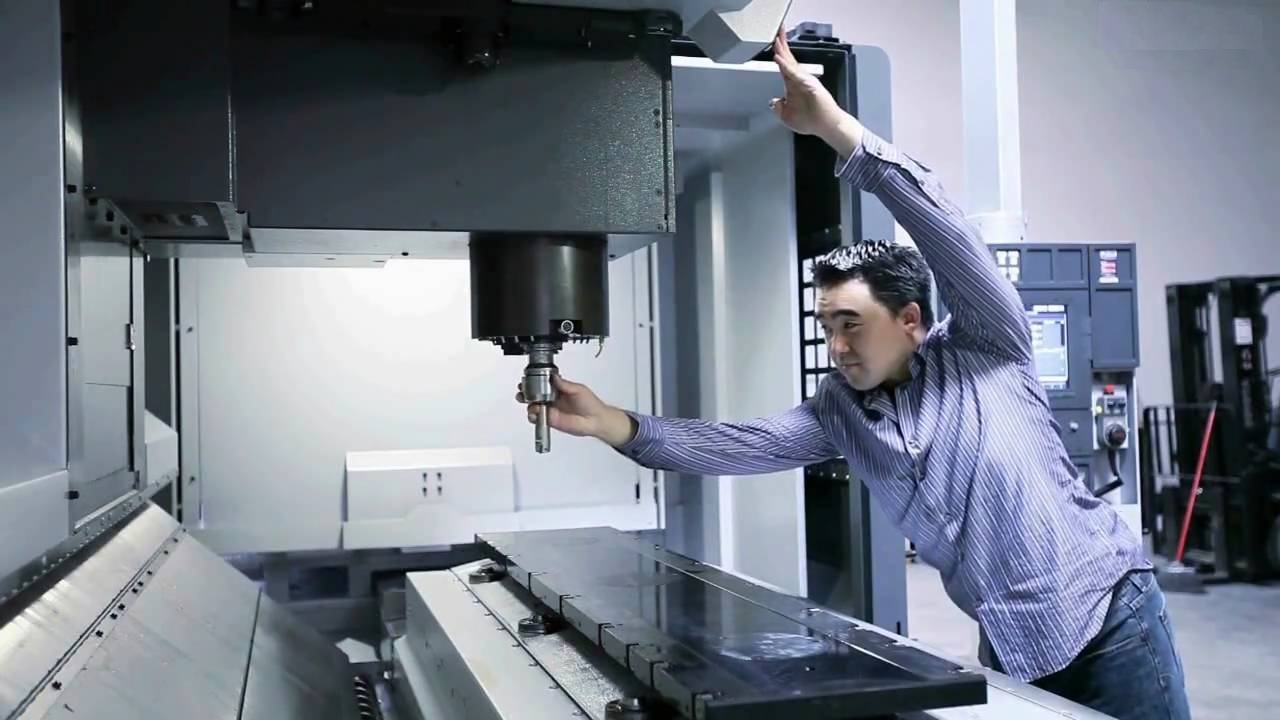Machines play an important role in our lives. And imagining a civilized life without them is not possible. We may or may not realize but the success of human civilization can be attributed to the success of machines.
Shaping and forming are the two important processes that help us give a metal part, the shape we desire. A machine tool employs one of these four ways to shape a metal part:
- Machining and removing the excess part of the material by forming small chips using a cutting tool
- Squeezing the metal in their semi-solid form
- Shearing the metal and tearing the two pieces apart
- Applying electricity, ultrasound, corrosive materials to get the metal part into the desired shape
Metal cutting tools play an important role in the manufacturing industry. Their performance directly impacts the production rate and quality of the products the industry is producing.
Classification of Cutting Tools:
- A broad classification of cutting tools can be done according to the point of contact between the cutting tool and the metal part. It is thus classified into single point and multiple point cutting tools.
- Cutting tools that are used in operations such as drilling, boring, shearing, shaper and lathe have a single-point contact with the metal part and hence they are called single point cutting tools.
- Sometimes a single-point cutting tool is not enough for the operation and it takes multiple small cutting edges to get the part the desired shape. The machines that use multiple-point cutting tools are milling, broaching, grinding, drilling etc.
- Classification of cutting tools can also be done according to the relative motion between the tool and the metal:
- Linear motion tools: lathe, broaches
- Rotary motion: milling, saw, grinding wheels
- Linear and rotary: drilling, taps
Cutting Tool Materials: Cutting tools are required to be very hard and withstand harsh working conditions. They are expected to perform well in high-speed operations, resist wear and tear and not deform at very high temperatures. This is the reason why they are made up of the best available materials to the mankind.
Following are the common tool materials:
- Carbon Steel: This is a tool that is made up of steel that has 1 to 1.2 percent carbon. As compared to other tools they are inexpensive and has poor wear resistance. It should not be used for temperature in the applications where temperatures can go above 400° F (205° C).
- High-speed Steel: These are the steels that can be used for speed applications up to twice or treble times the upper speed limits of carbon steels. They contains 18% tungsten, 4% chromium, 1% vanadium and has only 0.5% to 0.8% carbon.
- Cast alloys: These are made up of non-ferrous metals and contain metals like cobalt, chromium, and tungsten to increase the hardness of the alloy at high temperatures.
- Cemented Tungsten Carbide: They are basically tungsten carbide which is bound together by cobalt. Its hardness is nearer to that of the diamond and can be used for speed applications that are many times more than speeds where high-carbon steels are used.
- Oxides/Ceramics: These are the tools in which the tips are made up of fine oxides such as aluminum oxide, which increases wear resistance against high temperatures.
- Diamonds: They used to be the hardest material used for a cutting tool for the longest period of time and are still used for cutting applications.
- Cubic Boron Nitride (cBN): To form a cubic boron nitride tool, a small layer of this material (around 0.5 to 1 mm thick) is deposited on carbide substrate. They have better shock resistance as compared to ceramics such as silicon nitride.
There are many stores online that provide cutting tools. You should go with the one that has good reputation and experience in metal cutting tools market.





